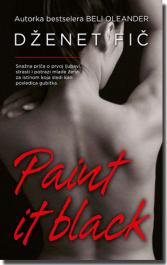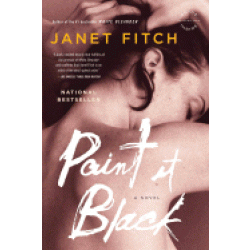On Feb. 10, I was invited to speak on a panel about the Shape of the Novel with Christian Kiefer (The Animals), with whom I frequently teach at the Squaw Valley Community of Writers, also Jeff Jackson (Mira Corpora) , Esme Weijun Wang (the Border of Paradise) and Kirsten Chen (Soy Sauce for Beginners).
Like most writers, I am fascinated by the shapes the novel can take. What a commodious form it is. It encompasses everything from straightforward chronological stories– from the 19th Century novel in third person, Anna Karenina say, to the more contemporary and voice driven version first person variety, like Sapphire’s Push, to braided narratives like Barbara Kingsolver’s Poisonwood Bible–where the story is handed off between stories or characters, each advancing the work further. It’s a shape popular among writers, because it’s so useful. It gives us somewhere to go when we’ve exhausted a certain narrative burst–we can hand it off to the next character’s story line.
There’s the retelling of a story from the point of view of a minor character (The Wind Done Gone, Grendel) and the Rashomon-style narrative, where the same territory is readdressed by a number of different points of view. A work like the Alexandria Quartet involves many of these shapes. The first book, Justine, is Darley’s story, but the second book, Balthazar, interlineates the first one, “here’s what you didn’t know at the time”–like Rashomon. The third book , Mountolive, goes back and describes how the situation came to be (prequel), and the fourth, Clea, moves the narrative forward again.
There are novels made up of single sentences, like Markson’s work–Readers Block is my favorite–and Carole Maso’s Ava, and novels that are one single sentence, like Marquez’s Autumn of the Patriarch. There are novels that are closed universes (Pynchon’s novels, especially Gravity’s Rainbow) where everything comes around again, and there is no ‘outside’ the system. There are epistolatory novels–novels in letters like Les Liaisons Dangereuses and The White Tiger, and novels in diary form, like Diary of a Madman and Gentlemen Prefer Blondes, and novels with framing devices (an older character thinking back in time, say, like Evening by Susan Minot) or a past story and a present story like A.S. Byatt’s Possession.
Then there are novels which begin with shape as a game. Mark Danielewski’s genre-breaking visual novels the multivolume The Familiar, House of Leaves and Only Revolutions all contain literary and visual games. Only Revolutions, for example, has 360 pages, 36 lines per page, and eliminates whole categories of vocabulary in support of its protagonists, young his-and-her gods in the making. So no religious words, no structural words, no interior words. I loved the way that the two narratives begin, his and hers, one at either end of the novel, and cross in the middle. You read through and then you flip the book over and start again.
The ultimate gamester is the Oulipo group’s Georges Perec, the one who eliminated the letter e from his novel A Void–which called for a tremendous discipline, as e is the most used letter in the French alphabet, and precludes the use of “the”(le) or “I” (Je.) The Void was not only the absence of ‘e’ but also the story of an absent person the others search for. The obstruction absolutely shaped the story. In his novel Life a User’s Manual, stories arise from the examination of the contents of a French apartment house, rooms visited on a grid via the knight’s move, with hundreds of obstructions–which he saw as “a machine for inspiration.”
So the shapes and obstructions and rules writers set themselves aren’t there to frustrate themselves but as challenges and prompts to the imagination. In Joyce’s Ulysses–very loosely based on the Odyssey–each chapter was written in an entirely different style. Rabih Alameddine’s I, The Divine is a novel comprised all of opening chapters as a woman tries and fails to tell her story in various ways. On the flip side, John Fowles’ French Lieutenant’s Woman gives us three different endings.
With many of the more innovative shapes of novel, the reader has to learn how to read the novel as they go. That is certainly the case with Danielewski’s typographically intricate works, and notoriously with David Foster Wallace’s Infinite Jest, where the reader must decide whether to read the text and the footnotes concurrently, or get to the end of a chapter and go back for the footnote, or read all the way through, and then go back and read the footnotes all the way through.
There’s the nested novel, like Cloud Atlas, stories within stories–I call this the Sargasso Manuscript novel, from the movie where each character tells a story, and then that story is interrupted by the tale of a character within that story–going down seven layers and coming back out. Michael Cunningham’s Specimen Days was an interesting example of the same-ish story being told three times, in three different genres–ghost story, noir thriller and sci fi. His novel The Hours was more a braided story, but elements of each story bleed into the others.
And don’t forget the novel in verse, which I think is enjoying a comeback due to the openness of young adult fiction to new genres and mashups–many popular young adult novels are written in verse such as Ellen Hopkins’ Crank which will result in an adult audience which isn’t as doctrinaire about genre as past generations. In the adult category, novels in verse can be anything from the tight meter and rhyme of Vikram Seth’s San Francisco novel Golden Gate–Onegin stanzas they’re called, in homage to the greatest of all novels in verse, Pushkin’s Eugene Onegin–but there’s also the looser, more narrative free-verse werewolf novel Sharp Teeth by Toby Barlow.
And I’m reaching to describe the brilliant motival technique of Malcolm Lowry’s masterpiece Under the Volcano, which I’ve always called the Spiral Novel. This novel is shaped by the buildup of images (motifs), like a Beethoven concerto–you get the image or phrase once, then it comes around again and gains power with each repetition, as more emotion and resonance adheres to it. (Like the first time Oaxaca is mentioned, it’s just a place. Then 40 pages later, he says, “Oaxaca meant divorce.” after which every time it’s mentioned, it gains more gravity.) There are hundreds of images and phrases like this whirling around in the book–the feral dogs, the barranca or crevasse which runs unpredictably through the landscape, the Peter Lorre movie Los Manos d’Orlac ) repeating and repeating as it whirls tighter and the images grow ever more dense with meaning until the whole thing explodes inside your head.
For myself, I’m working to shape the reader’s emotional experience. So I work mostly on what I call the symphonic level–like a longer piece of music, or an opera. I want to have big thunderous moments and quiet ones. I want to have the full chorus singing their lungs out, and then a solo, a duet, a trio. Then chorus again. I like to follow an interior scene with an exterior one, day with night, active with meditative-and keep changing it up. I’m mostly thinking, how is the reader experiencing this?
Wish you good writing!

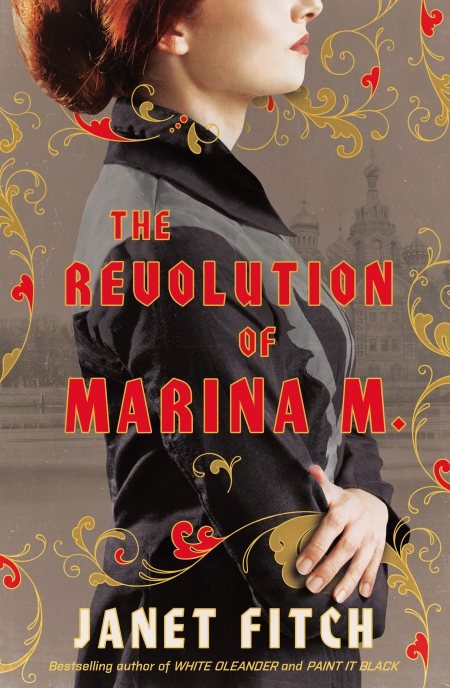
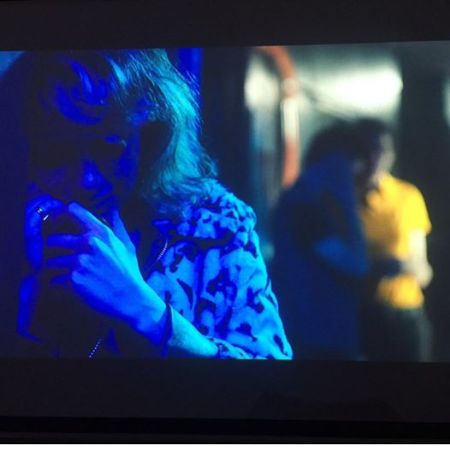
 Publisher, Little Brown and Co.
Publisher, Little Brown and Co.
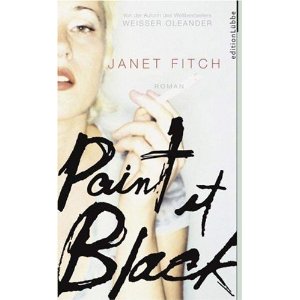
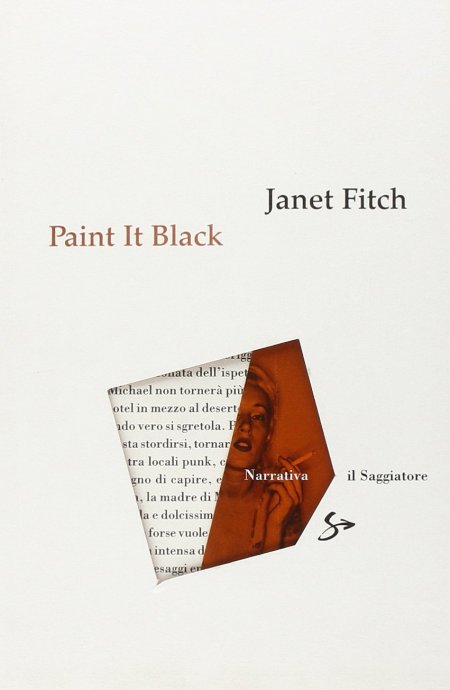
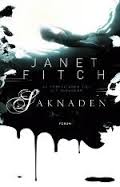 Bokförlaget Forum, publisher.
Bokförlaget Forum, publisher.
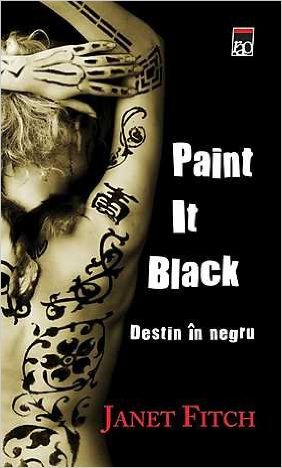
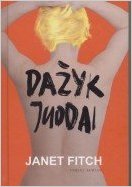 publisher, Versus Aureus.
publisher, Versus Aureus.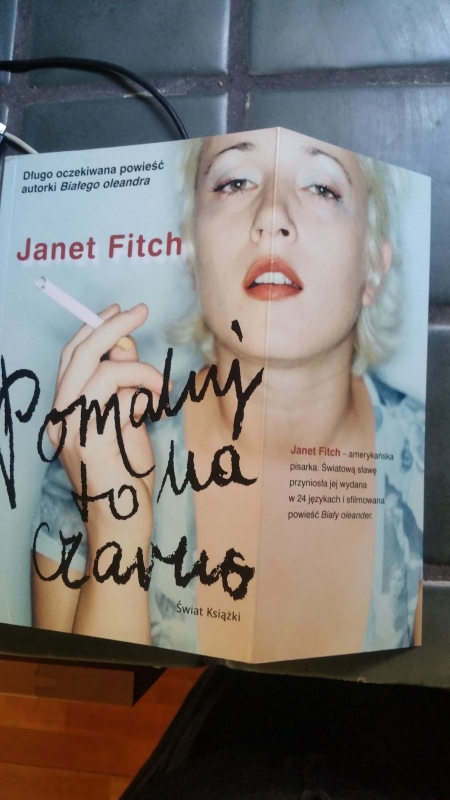
 Back Bay Books, publisher.
Back Bay Books, publisher. The Turkish version uses the same cover. Pegasus Yayincilik, publisher.
The Turkish version uses the same cover. Pegasus Yayincilik, publisher.